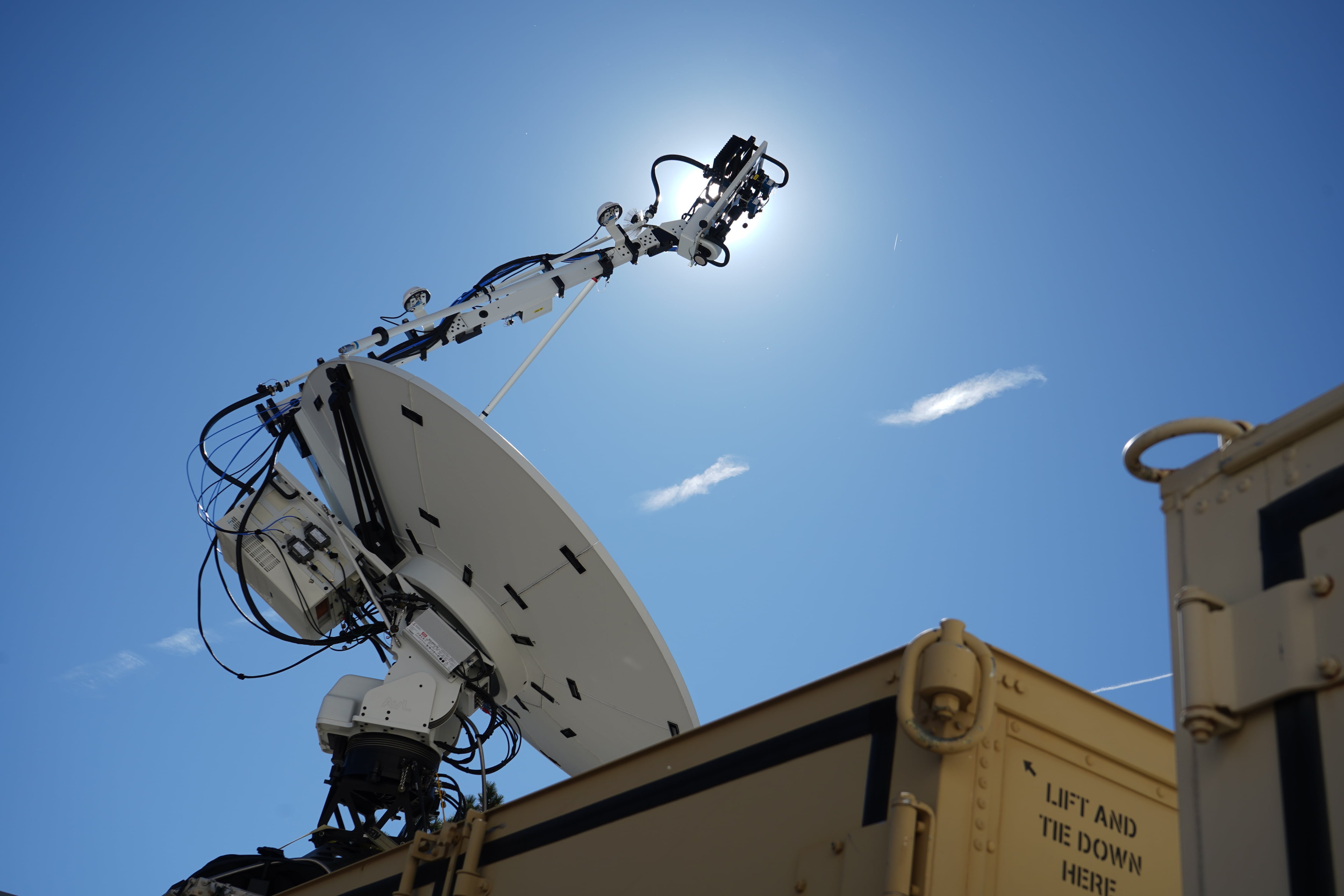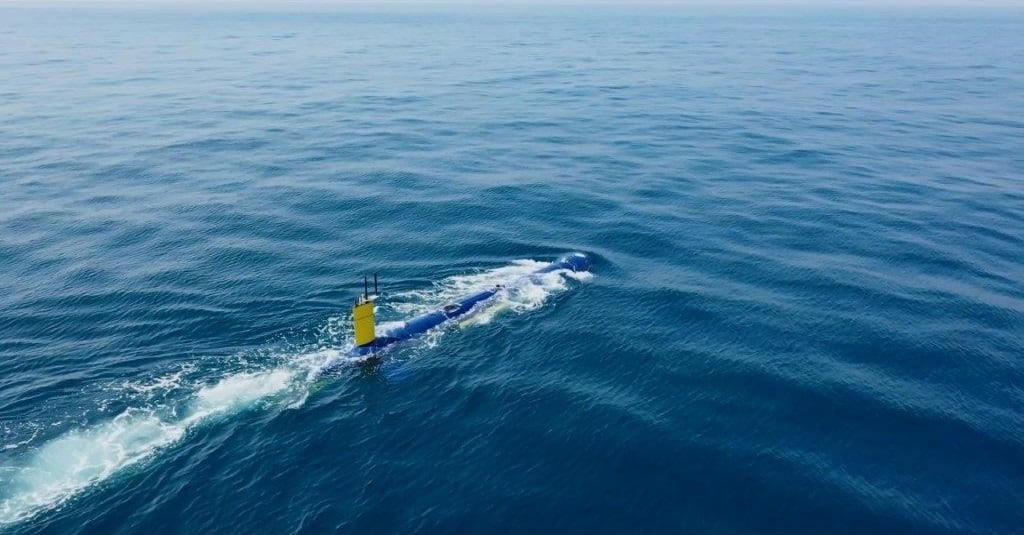The Missile Defense Agency is considering new technologies – coupled with current capabilities – to protect Guam from future threats from adversaries.
As the ballistic missile threats from China continue to evolve, the Army has several capabilities in place to defend the island of Guam. The service’s Terminal High Altitude Area Defense battery has been operating there since 2013.
In fiscal year 2022, the agency, at the urging of U.S. Indo-Pacific Command, requested $78.3 million to analyze systems to defend Guam and another $40 million to acquire long-lead items, originally reported by Army Times sister publication Defense News
Congress ultimately approved $80 million to accelerate arming Guam, including with the Patriot air-and-missile defense system and the Navy’s SM-6 and SM-3 missiles.
But a changing adversary means the service must develop further its own capabilities. The service is looking toward a more mobile architecture, one that can use mobile launchers.
One of those new technologies is the Mid-Range Capability missile. The missile will be fielded in 2023, more than two years since the Army announced that the service would pursue the capability.
The Army chose Lockheed Martin to integrate the Navy’s SM-6 and Tomahawk missiles with a launcher and battery operations center to create an MRC prototype back in November 2020.
Zamone “Z” Perez is a reporter at Military Times. He previously worked at Foreign Policy and Ufahamu Africa. He is a graduate of Northwestern University, where he researched international ethics and atrocity prevention in his thesis. He can be found on Twitter @zamoneperez.








